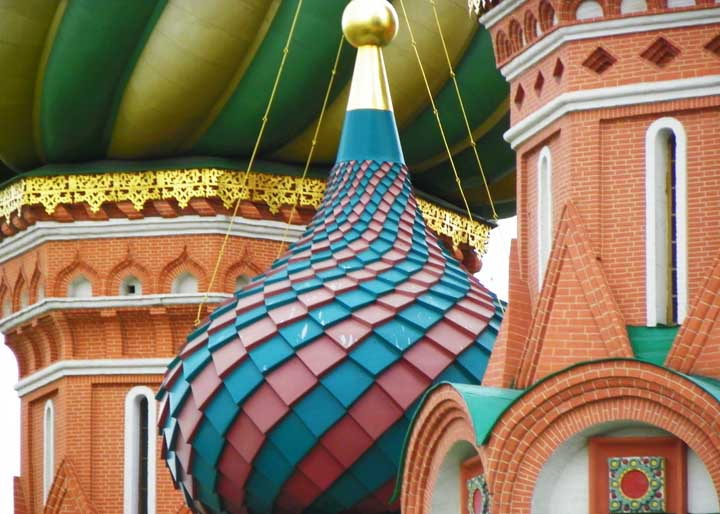Hi I’m looking to alter the tiling of the this cupola dome to have more square tiling near the top of the dome vs. the skewed diamond shapes. I used the paneling tools to create this. Is there a different method to create this tiling as pictured in the reference image below?
Did you search on this forum and old grasshopper forum ?
Hello - if you look at other images of the dome, you can get an idea how they compensated - the twist is not consistent.
On others where the twist is consistent, the panels do get narrower:

-Pascal
Hi Laurent,
Is there a thread/topic that speaks of this issue?
Best,
Phillip
I answered before seeing that you already asked question on this subject. You must put links on same discussions, it is more easy to help and after that to find informations on a specific subjects. The bad thing is that you didn’t open or understand the other script.
If you use my script which work on quad mesh, the only thing you have to do is to alter the meshing in U or V direction. It is quite basic.
Hi Laurent,
Thanks for your help. I tried opening the grasshopper file it said it was missing plugin components ( see screenshot). Are you suppose to open both the rhino file of the dome then the grasshopper file to activate the script (received plugin error message).
Best,
Phillip
You will need MeshEdit plugin
Yes you have to open the file because I didn’t internalized the object inside the GH script.
here the script
I added some line drawing to show the diagonals
panellingonquadmeshWIP.gh (29.0 KB)
Would you be able to pin point which function in grasshopper alters the number of uv spans
for the mesh in the first grasshopper model link you sent (paneling on quadmesh). I’m doing this dome in a section of 8ths for a fiberglass mold so the sections match when a full dome is created. The current model below was made using the paneling tools and consists 64 u spans and 32 v spans to apply the tiles.
Thanks again,
Phillip
It is the sliders named “Height” and “Around”.
But you could also have the possibilities to use Paneling tools and alter the distribution of UV in the surface.
panellingonquadmeshWIP_2.gh (28.9 KB)
panelling_dome.gh (18.3 KB)
Here a version using Paneling tool in Grasshopper. I put a dam that is useful to limit problem due to computation time.
Hi Laurent,
You have been very helpful! Thank you again
I opened the dome you sent and split it into 8ths. For some reason the tiles didn’t match up when arraying the dome back to a full circle
(see image for comparison)
Also curious how you were able to translate the tiles onto the surface? I want to use the angled tile as well as the profile curve below.
Best,
Phillip
Hello, you will find many helps on this forum. But it seems for me that you are asking quite basic questions. So it will be good you learn the basis of Grasshopper. You must be able to navigate a Grasshopper definition and find where are the inputs, what are outputs, what are the transformations … I can give you some explanations but it seems that it will become endless …
Have you been through a tutorial ? See on this link there are many good ressources
For the symetry problem plug the Surface Revolution output in Surface parameter.
Hi Laurent,
Was finally able to navigate and pinpoint the problems. You’ve been super helpful!!
Heres my altered version
Best,
Phillip
Hi Laurent,
Is it possible to have the dome tiles overlap like shingles without having the
“valleys”. I was thinking the phyllomachine plugin would be a better modeling alternative since the dome is one fiberglass mold that is simulating a shingle texture. I’m attempting to remodel the dome using the plugin, but I’m having trouble finding the “Brep” alternative to translate the tile onto the surface . Is there a different method of execution that would simulate the tile ?
(phyllo plugin model)




















